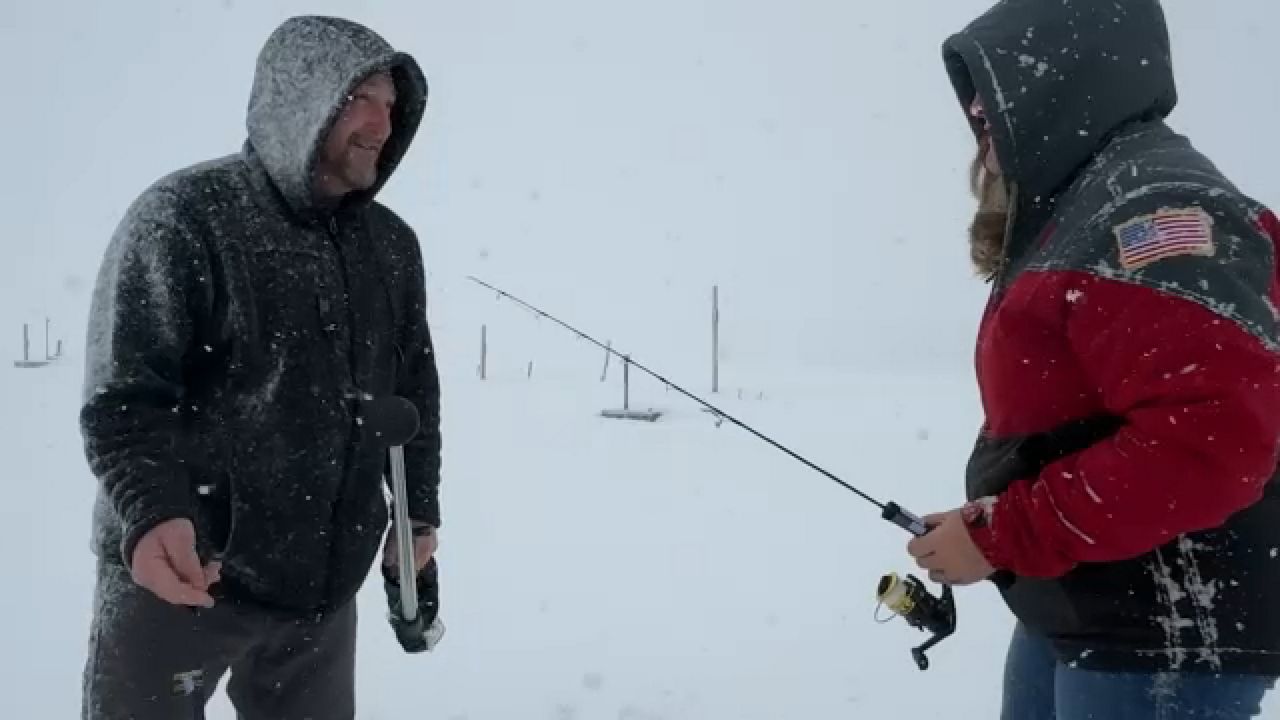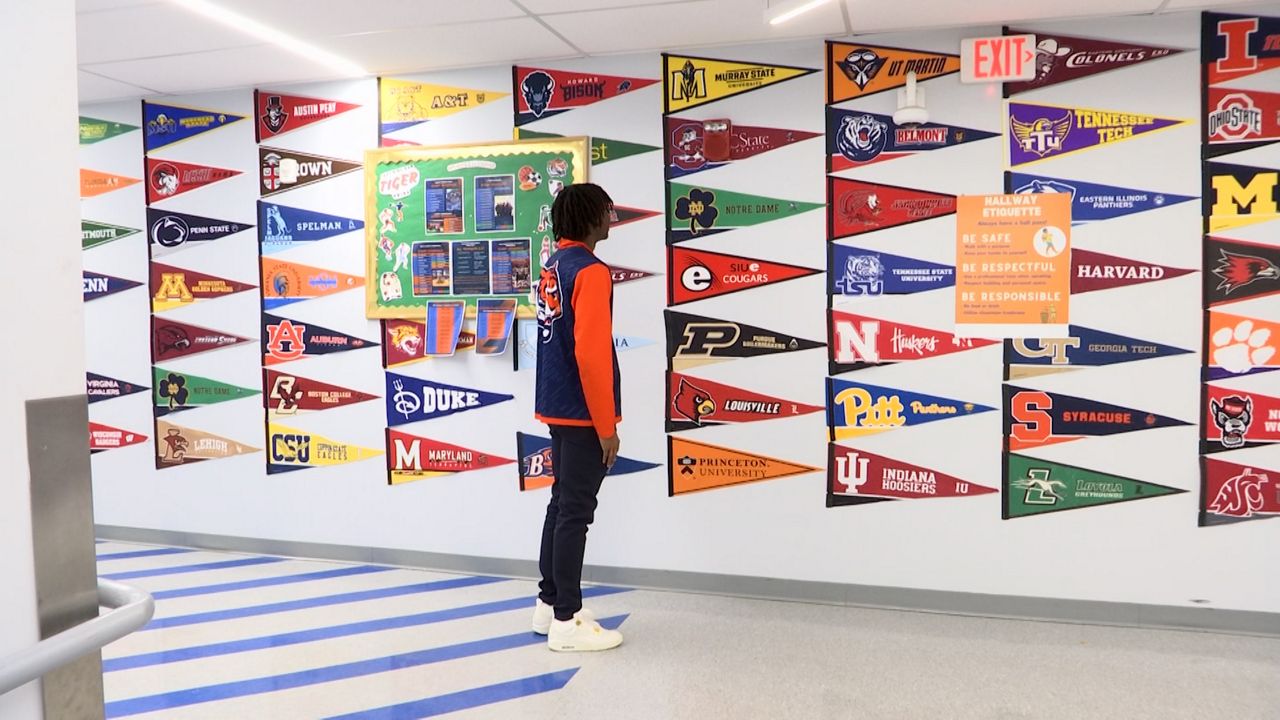ROCHESTER, N.Y. — For some people, bicycles can be an efficient form of daily transportation, including during the winter.
“So I bike pretty much everywhere I go, occasionally I take the bus, it’s really great, I haven’t had a car in about five years,” said Brendan Ryan of Rochester.
And it doesn’t end there…
“I live in a net zero house that I’ve made over the past few years in addition to not driving anywhere,” Ryan said.
On the outside, his net zero house includes solar panels on the roof which provides nearly all of his energy.
“This is a grid interconnected system which is actually how most systems are, so it’s connected to the energy grid. If I’m producing more than I’m using, which is actually most of the time, that energy just goes back to the grid and then basically my neighbors use it,” said Ryan.
In return, the electric company pays him for the energy that goes back to the grid. Inside his home, he still takes the time to conserve energy.
“So this is an induction cooktop, I tell people it’s like somewhere halfway between an electric and gas cooktop, it runs on only electricity, so there’s no fossil fuels burning in your house, no gas that can explode or catch fire in your house,” he said.
The induction cooktop is unique because it only heats the pot or pan, and not the surface of the cooktop.
“I’ve been cooking on this, you can touch it but you can’t burn yourself,” Ryan said.
Downstairs in Brendan’s basement is the first installment of his net zero house, a geothermal system which regulates his heating and air.
“And so what this system does is there is a water loop that runs underground, and this system pulls heat out of that water that always stays about 55 degrees year-round, it pulls that heat out and sends it right into the house,” he said.
Brendan says the geothermal system is about six times more efficient than a gas furnace or electric baseboard heating system.
Some might think a system like this is expensive, but there are programs with New York State to make this feasible.
“So there are all sorts of incentives, from tax credits to rebates from the state, to low interest financing that was just recently announced from the state,” he said.
He estimates within seven to eight years, the money he’s saving per month will pay for the system.









